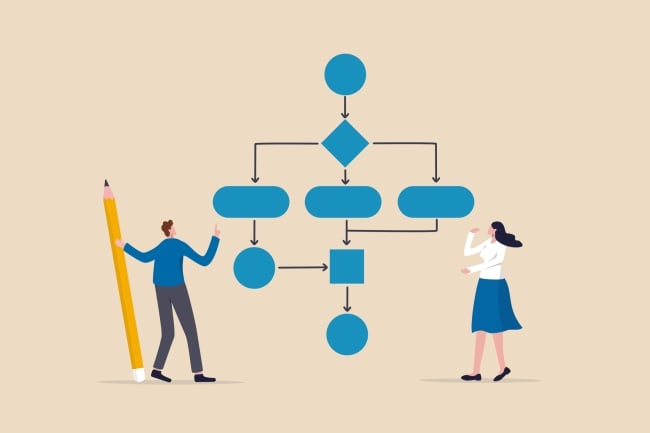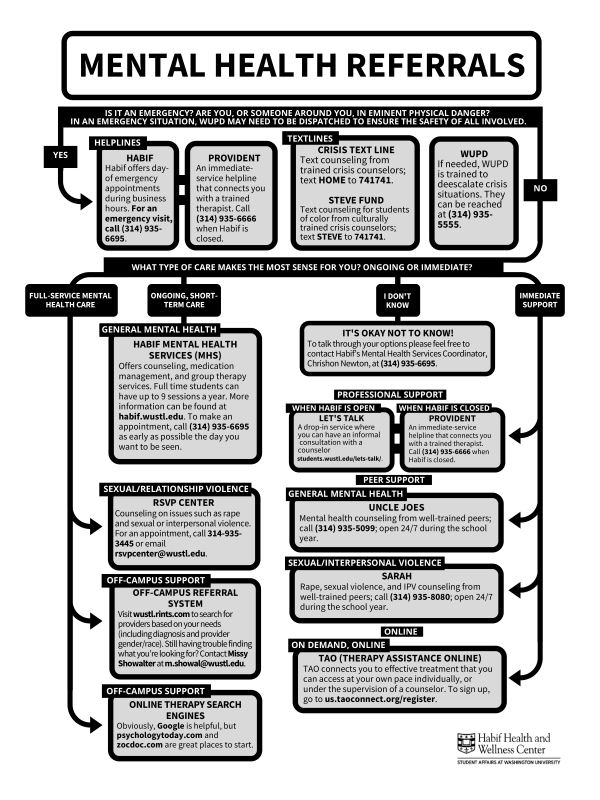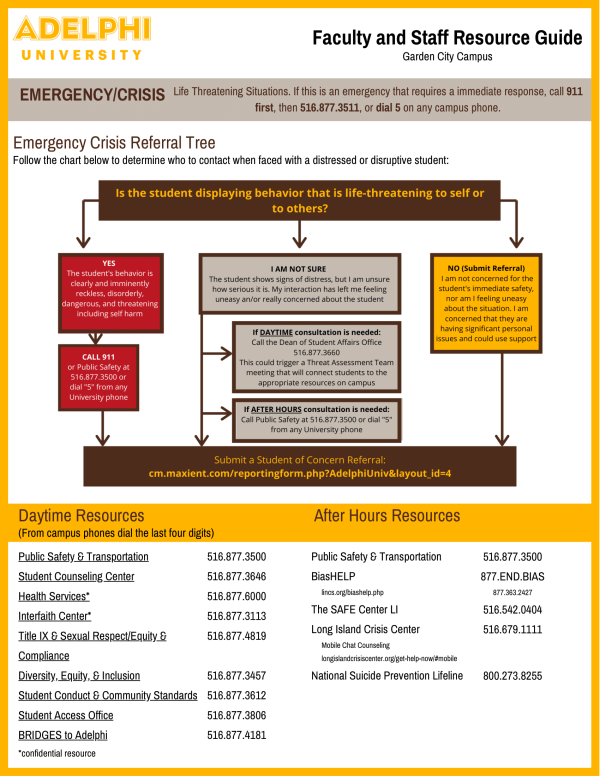You have /5 articles left.
Sign up for a free account or log in.

Leaders at colleges and universities can create a decision tree to help guide campus stakeholders through supporting a student in crisis.
Nuthawut Somsuk/iStock/Getty Images Plus
Three in four faculty members say supporting students’ mental health is a job expectation, according to TimelyCare data. Around the same number said they feel confident in helping students navigate on-campus resources related to mental health, but 75 percent also say they want more training in this area.
One suggestion researchers at the University of Iowa’s Scanlan Center for School Mental Health have for improving mental health supports is to create a resource tree to guide decision-making for when and where to refer students.
What is a resource tree? Not exclusive to mental health and campus resources, a resource tree helps a user guide their next steps by outlining processes and considerations. The map functions similarly to a flowchart, where a person will answer questions along each branch of the tree before ending on a final outcome or solution.
A resource tree can benefit a campus community by increasing access to mental health care through promotion of available services and, in turn, improve outcomes among stakeholders.
Rooting the tree: Ideally, a resource tree would include services both on and off campus and other important information, including which services exist for what concerns, who the service is for, how best to access the service and what the service provides, according to U of I’s report on staff and faculty mental health.
Washington University in St. Louis’s Habif Health and Wellness Center has a referral decision tree for students looking to access mental health resources. The tree includes crisis text lines, culturally responsive therapist contacts, the campus police department and online services.

Washington University in St. Louis
Adelphi University’s faculty and staff resource guide provides two different flowcharts for when personnel are engaging with a student in an emergency and when referring a student of concern to various campus departments. The guide also features campus phone numbers and after-hours resources, if needed.

Adelphi University
A larger forest: While a resource tree is great in equipping faculty to make case-by-case decisions, institutions should seek to provide them with a full breadth of knowledge regarding mental health referrals.
Teaching personnel how to make a referral is important in creating a warm handoff between the concerned individual and the responding office. Oklahoma City University offers tips for engaging with students who may need counseling, recognizing which symptoms to look for in distressed students, as well as how to refer a student to counseling.
Another support college leaders can prioritize is a Red Folder, which helps empower faculty members to address issues among disruptive or upset students and connect the student to the proper care. These resources come with a referral guide to gauge how immediate the situation is.
Resource directories can make services visible both to support student wellness but also to help faculty and staff utilize institutional offerings. Missouri University of Science and Technology has a resource guide specific for faculty and staff and quick look at student-centered services, as well as a brief “What to Expect” page for learners who are skeptical about engaging in student health services.
Do you have a wellness tip that might help others encourage student success? Tell us about it.




